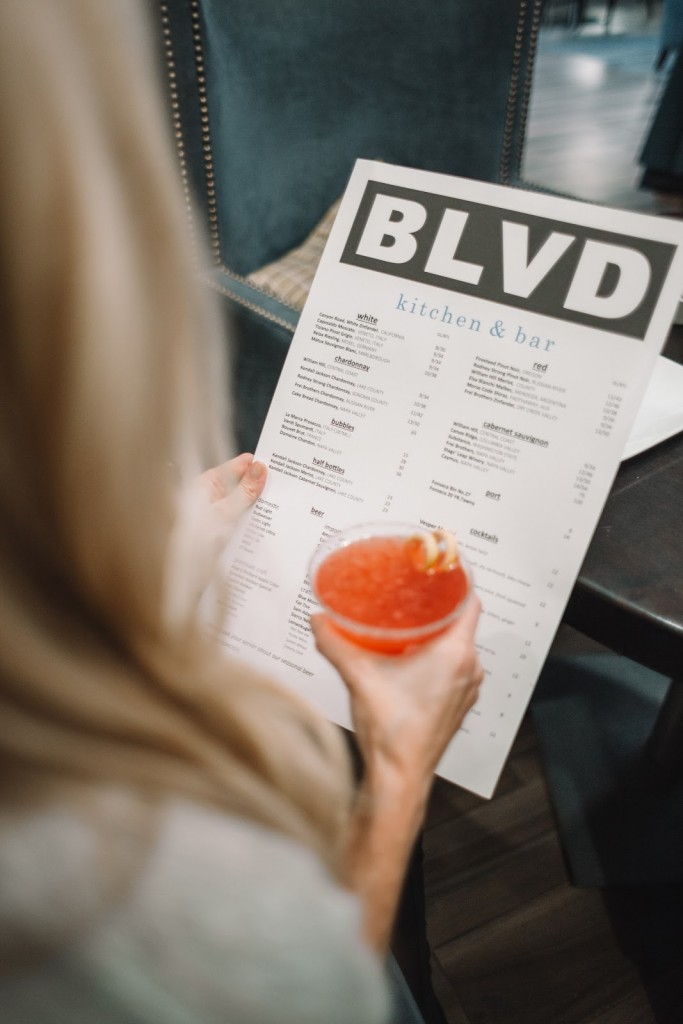Choosing The Best Menu Format For Your Restaurant
November 15, 2020
Article Overview
10min read
Restaurants today spend a lot of time fine-tuning the contents of their menu, adding a mix of classic dishes and more unique creations. They add options that complement the restaurant’s theme, sometimes offer dishes in its classic form, or add a special twist to traditional fares.
The manner in which you present your dishes can be just as important as the menu options that you comb over carefully. Simply put, a great restaurant menu isn’t just a list but instead, a sales tool.
Single fold, two-panel
Recommended by most restaurant advisors, The two-panel, single fold menu design remains the most popular form currently. The menu is similar to a book where the customer opens it to find all the restaurant’s offerings spread out in two pages.
Benefits:
1. Simple and easy to read.
2. This format lets you use a strategic menu design to carefully place dishes that generate high profits.
Downsides:
1. It may not be large enough for restaurants that have many dishes and delicacies to offer.
Single page
As implied by the name, a single page menu is where the menu is positioned within one page. This is a format that is very commonly utilized in fine dining establishments, farm to table concepts, and prix-fixe menus where menus constantly change based on the season.
Benefits:
1. Diners can make a decision faster. If positioned horizontally, the menu items will be placed in line with the natural movement of the eyes.
Downsides:
1. Not suitable for restaurants with variety as the lack of options can affect sales.
Twofold, three panel
For larger menus, the three-panel two-fold menu allows restaurants to showcase a wide variety of dishes. These are often found at pubs, casual restaurants, and family-style restaurants.
Benefits:
1. Accommodates a wide variety of menu items.
Downsides:
2. Not as easy to read as a single page or two-page menu.
Multiple panel booklet:
For an establishment with a lengthy menu, this menu design can accommodate it all. Very common at family-style establishments, this can be used to highlight sharing plates and platters.
Benefits:
1. Can hold many menu items.
Downsides:
1. It’s tough to do menu engineering on a menu of this design and volume.
2. Items can be difficult to remember for diners which can lead to operational strain.
When starting, begin small, and don’t forget to analyze what your competitors are doing. Sort out concepts in a radius around you so that you can see what others are doing with their menus.
Take a look at the prices, the overall theme, and the dishes served. Look at what can be improved with the menu and what has not been done right and improve on those weaknesses.


 +971 52 312 2506
+971 52 312 2506





